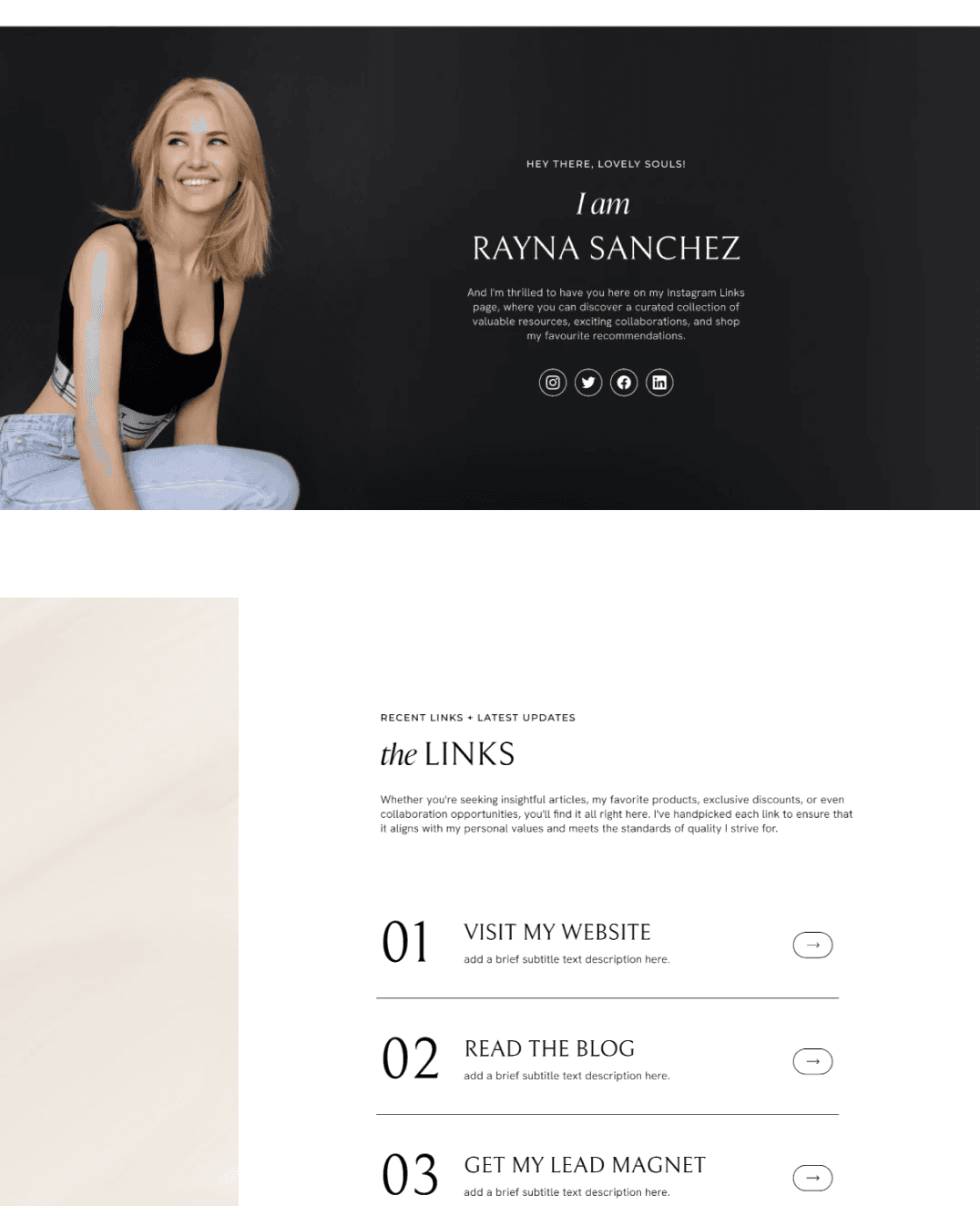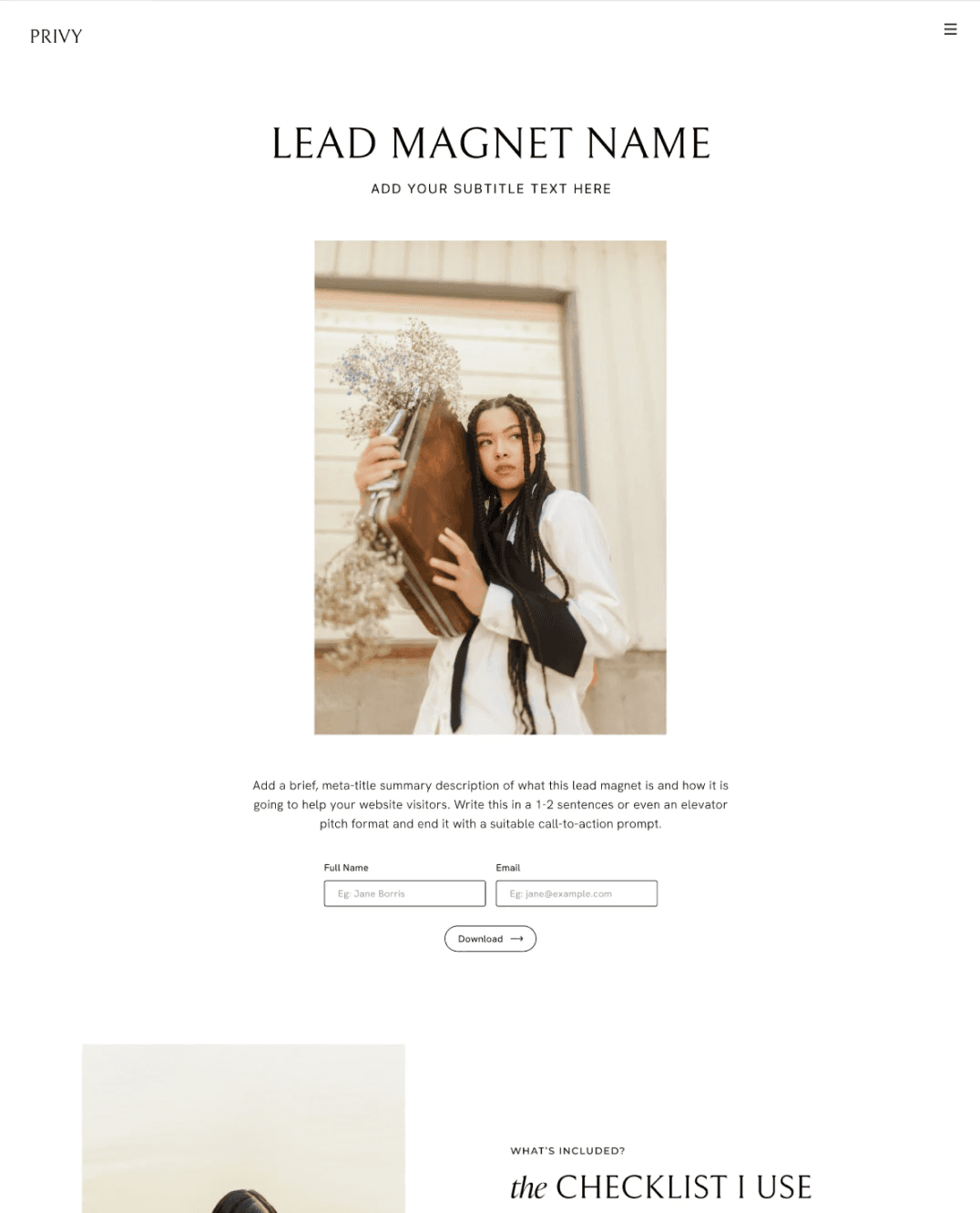How to build an optimized contact form: 15 Tips for increasing your Global Reach and Local Impact
Sep 12, 2024
Design
Business & Growth
When designing a contact form, it’s easy to think of it as just another task—some fields, a button, and you’re done, right? Well, not quite! Your contact page is so much more than that. It’s often one of the most important sections on your website, serving as a gateway for both new visitors and loyal customers to get in touch. So, why not treat it with the care it deserves?
A thoughtfully designed contact form is about more than just functionality; it’s an opportunity to create a positive experience for your users. By making it simple, clear, and inviting, you can encourage visitors to engage with your brand while ensuring their privacy is respected. The cherry on top? It also strengthens your customer service and keeps people coming back.
If you’re ready to level up your contact page, I’ve got you covered! Here’s a checklist of best practices to ensure your form is user-friendly, GDPR-compliant, and designed with your customers’ experience in mind.
1. Make It Easy to Find
First things first: your contact form should be super easy to find. No one wants to hunt for a tiny link buried at the bottom of the page when they’re trying to reach out. So, place your “Contact Us” link where it’s obvious—think top navigation, footer, or even a sidebar. You want visitors to spot it immediately, whether they’re scrolling through your homepage or reading your blog.
Pro Tip: Stick with familiar terms like “Contact Us” or “Get in Touch.” Clarity beats cleverness here, and your goal is to make it as straightforward as possible.
2. Accessibility Matters
We all navigate the web differently, and it’s essential to make sure your contact form is accessible to everyone. This means ensuring it’s optimized for people who use assistive technologies like screen readers, as well as those who prefer to navigate via keyboard.
Label your form fields clearly, use alt text for any images, and test your form’s functionality with a screen reader to ensure it’s working seamlessly for all users. After all, inclusivity isn't just nice to have—it’s a must-have.
3. Share Essential Business Info
Your contact page is more than just a form—it’s an introduction to your business. Make sure you’re giving your visitors all the info they need. Include your phone number, email address, business hours, and expected response time. If your business operates in multiple locations, list those details as well, so visitors know who to reach out to based on where they are.
Offering multiple ways to contact you—whether by phone, email, social media, or even a chatbot—shows that you’re accessible and ready to help.
4. Keep It Simple
No one likes filling out long, complicated forms. So, keep your contact form simple. Typically, all you need is a name, email address, and a message box. Asking for more than that can feel overwhelming and unnecessary.
The key here is to avoid information overload. By keeping your form concise, you not only make it easier for visitors to reach out, but you also boost the likelihood that they’ll actually complete it.
5. Organize Fields Logically
Have you ever filled out a form that seemed all over the place? It can be frustrating when things don’t follow a logical order. Make sure your form fields are organized in a way that makes sense to your users. For example, start with the basics—name and email—and then move on to the message. This logical flow makes the process feel smooth and intuitive.
6. Mobile Responsiveness is a Must
Your contact form should look and function beautifully on any device, whether it’s a desktop, tablet, or smartphone. Test your form on different screen sizes to ensure it adapts seamlessly. Also, make sure buttons and form fields are large enough to tap easily on a mobile screen. No one likes zooming in to fill out a tiny form!
7. Bring Your Brand to Life
Your contact page is another chance to showcase your brand’s personality. Don’t shy away from using your brand colors, fonts, and style to make the page feel cohesive. This helps build trust and familiarity with your visitors.
You can even sprinkle in some fun or memorable copy that feels like “you.” Whether it’s a playful call-to-action or a reassuring note like “We’ll get back to you within 24 hours,” let your personality shine through.
8. Guide Users with Real-Time Validation
There’s nothing worse than filling out a form, hitting “submit,” and being greeted by a long list of error messages. To avoid that frustration, implement real-time validation. This means that as users fill out the form, they get instant feedback if they’ve missed something or entered incorrect information.
9. Be Clear with Error Messages
If something goes wrong, make sure your error messages are clear and helpful. Instead of saying “Error: Invalid Input,” try something more specific like “Oops, looks like you forgot to enter your email!” This small touch makes the experience more user-friendly and less frustrating.
10. Implement Anti-Spam Measures
Spam submissions are the worst, but you don’t want to make it difficult for legitimate users to get in touch. Implementing tools like CAPTCHA or reCAPTCHA can help filter out spam while keeping the form easy to use for everyone else.
11. Reassure Visitors About Privacy
People are more cautious than ever about sharing their personal information, so it’s important to reassure them that their data is safe with you. Let them know exactly how their information will be used, stored, and protected. If you’re compliant with GDPR or other data protection regulations, make that clear on the page. Transparency builds trust.
12. Confirmation and Follow-Up
Once a user submits their form, don’t leave them hanging. Show a clear confirmation message letting them know their submission was successful and that you’ll be in touch soon. You can even set up an automated email response, so they receive a follow-up in their inbox right away.
13. Test and Improve
Designing a great contact form isn’t a one-and-done task. It’s important to test different elements to see what works best. Try experimenting with different layouts, button colors, or field arrangements to see which version gets the most engagement.
You can also gather feedback from real users through usability testing. This can reveal any pain points or areas where the form could be improved.
14. Don’t Forget Performance Optimization
Last but not least, make sure your form loads quickly and reliably. A slow-loading page is a surefire way to lose potential customers. Optimize any images, keep scripts lean, and ensure your server is up to the task to prevent submission errors.
15. Stay GDPR-Compliant
If your business operates in the EU or serves EU residents, GDPR compliance is a must. Be clear about why you’re collecting data, get explicit consent, and offer an opt-in checkbox for marketing communications. Also, let users know how long their data will be stored and how they can request to have it deleted or modified.
By following these tips, you’ll create a contact form that’s not only user-friendly but also effective in gathering the information you need. Plus, a well-crafted contact page shows your audience that you value their time and privacy, which goes a long way in building trust and lasting relationships.
Latest in the blog
Category
What is Ideal Customer Profile(s)? Top 10 Strategies to use them to strengthen…
16 minute read

Category
What are customer loyalty metrics?
16 minute read

Category
The Loyalty Effect: 5 Brands that have mastered Customer Devotion
16 minute read









